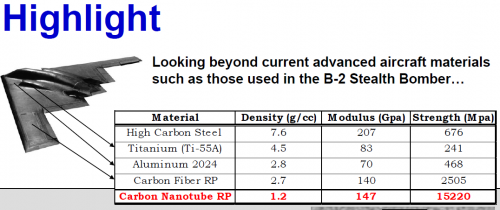- Joined
- 9 November 2008
- Messages
- 1,070
- Reaction score
- 162
Joy, so this is some bean-counter's idea.
This still does not mean that Shanahan did not pressure the bean counters to do it. SOMEONE high up had to get the ball rolling and that clearly did not come from the USAF.
This still does not mean that Shanahan did not pressure the bean counters to do it. SOMEONE high up had to get the ball rolling and that clearly did not come from the USAF.


